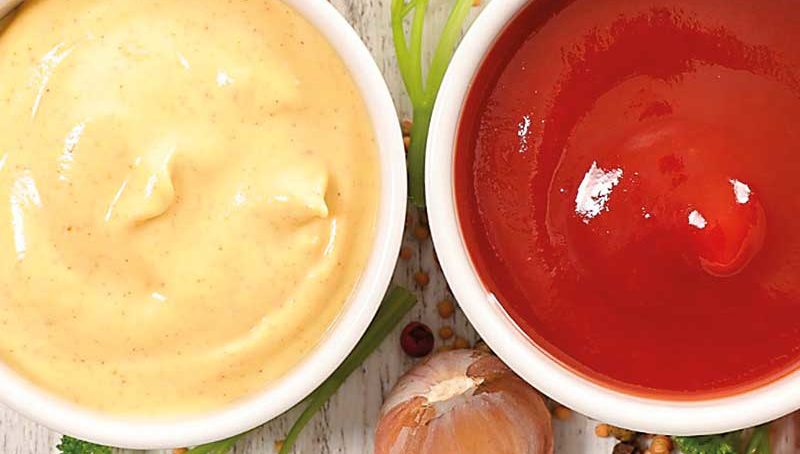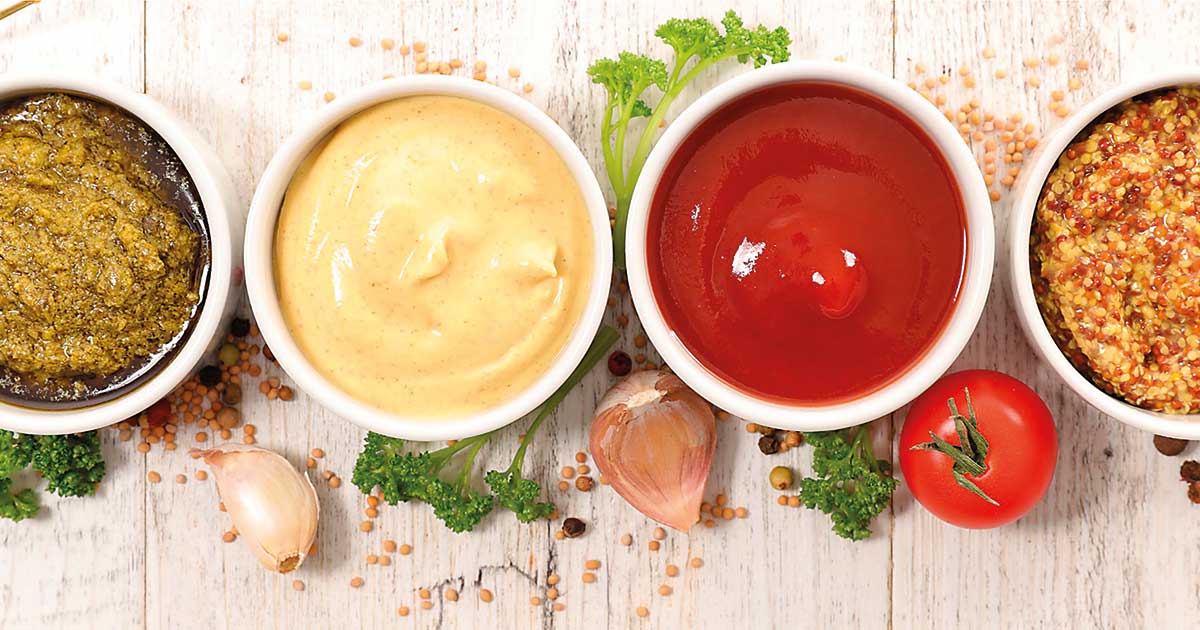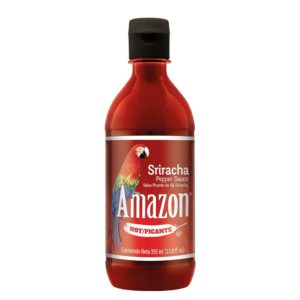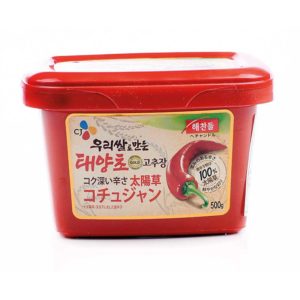Sauces, condiments and dressings have played a central role in the evolution of the global food culture scene. While the range of products within the segment used to be somewhat limited, a combination of changing consumer preferences, a rise in demand for convenience, increased willingness to try international cuisines and growing health concerns has prompted producers to rethink their entire offering
Owing to mounting product innovations and differentiation, the global market for sauces, condiments and dressings is expected to surpass USD 38.8 billion by 2023 at a compound annual growth rate (CAGR) of 4.9 percent according to Market Insights research firm. The following are some of the major strategies that are being employed to help grow a traditional market in new ways.
Traditional with a twist
A good point of entry when dealing with consumers who are hesitant to try new flavors is to ease them into this developing sector by gradually acclimating them. To that end, a number of producers have recognized the potential that this consumer segment has and introduced products that are familiar, but with a slightly altered composition. Some examples are mayonnaise with wasabi, chipotle, pesto, garlic, horseradish and ginger flavors. Ketchup is also being produced in new varieties that include ghost pepper, jalapeño and Sriracha, while mustard is now available in additional flavors, such as garlic, blue cheese and oregano.
Organic
The sizeable number of health-conscious consumers who tend to avoid condiments on the basis that they can be detrimental to their health has led to producers tweaking their offerings to maintain their market share. As a result, the existing varieties of condiments are now available in alternative options that are free from preservatives, artificial flavors and genetically modified organisms.
Diet-centered
Producers have also focused on catering to the segment of consumers with special dietary needs, including allergies, by offering additional ranges of products that contain less sugar, calories and fat. These healthier alternatives are lighter, lower in calories, gluten-free and without added salt, yet still pack a flavorful punch when compared to their original counterparts.
Exotic blends
Previously, the existing range of locally produced sauces and condiments was reliant on the availability of home-grown ingredients, which, over time became the staples of the sector. However, as sourcing foreign ingredients became easier and cheaper, interest in Asian blends began to rise, and today remains all the rage among consumers. Umami, miso and Korean favorite kimchi, which is especially popular among vegan and health-conscious consumers, rank among the most sought-after condiments. Their popularity has expanded significantly due to the trend for exchanging cuisines that has been generated by multicultural demographics and characteristically curious millennials, who are not only are more adventurous than previous generations, but also keen to experiment with new flavors and spices in established recipes.


















